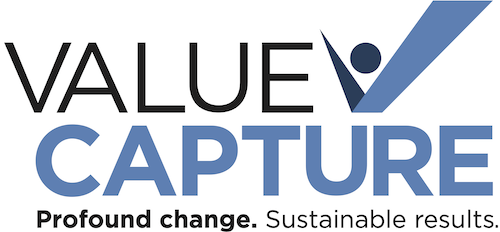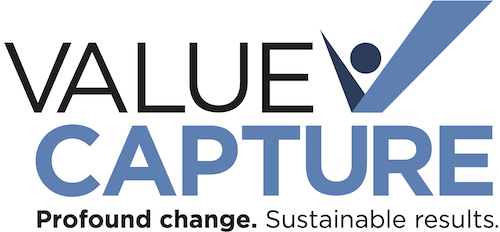What are the Guiding Principles of the Shingo Model?
Value Capture is proud to be a licensed affiliate of the Shingo Institute, which enables our team to teach the Shingo Model's framework of organizational excellence throughout a series of workshops. The Shingo Institute is respected globally for its education and research into a deceptively simple question – What makes some organizations truly and sustainably excellent?
The Shingo Model
You can view the full Shingo Model below:
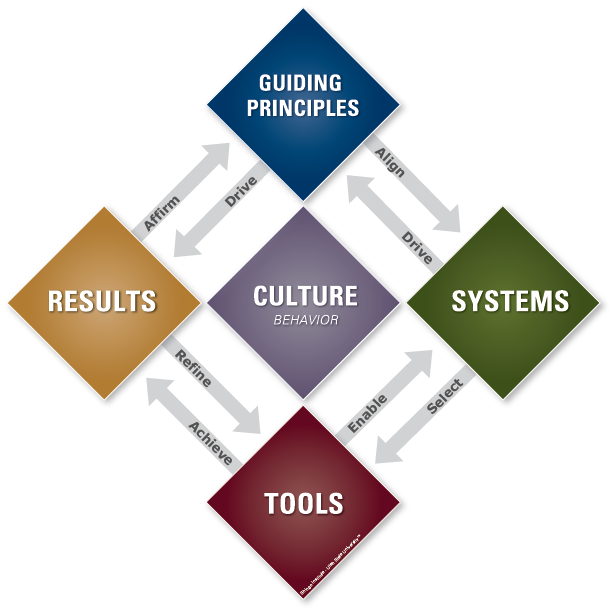
Learn more about the broader Shingo Model framework and Value Capture's perspectives on it.
What is a Principle?
What is a principle? A principle is a foundational rule that governs consequences, whether we want to believe in the principle or not. Principles are operating in the background, and when our actions, which we call behaviors in the Shingo movement, align with them, good things happen. And when our actions don’t align, bad things happen.
We say principles are timeless, universal – they apply everywhere, always, to everyone – and are evident. That means they can be discovered, researched, and proven.
Stephen R. Covey taught us that values govern our actions, but principles govern the consequences of our actions.
A good analogy is gravity. You don’t have to believe in gravity for it to be governing the consequences of your actions. If you jump from a height without protection, you will fall and may be injured. If you instead choose the stairs as a way to get down, because you are aware of gravity as a universal force, you are more likely to be safe.
So the Shingo principles are, in a way, the “gravity” of organizational performance.
“There are three constants in life . . . change, choice, and principles.” -- Dr. Stephen R. Covey
Guiding Principles
Guiding principles are an important foundation of the Shingo Model and for operational excellence. Principles drive behaviors, which create culture. Principles plus systems plus tools -- that leads to results.
As the Shingo Institute website says:
The Shingo Guiding Principles are the basis for building a sustainable culture of organizational excellence. In the Guiding Principles diamond, the principles are divided into three dimensions: Cultural Enablers, Continuous Improvement, and Enterprise Alignment. Each dimension and principle are presented in further detail below.
There are ten guiding principles within the Shingo Model. We'll be adding more content about them over time.
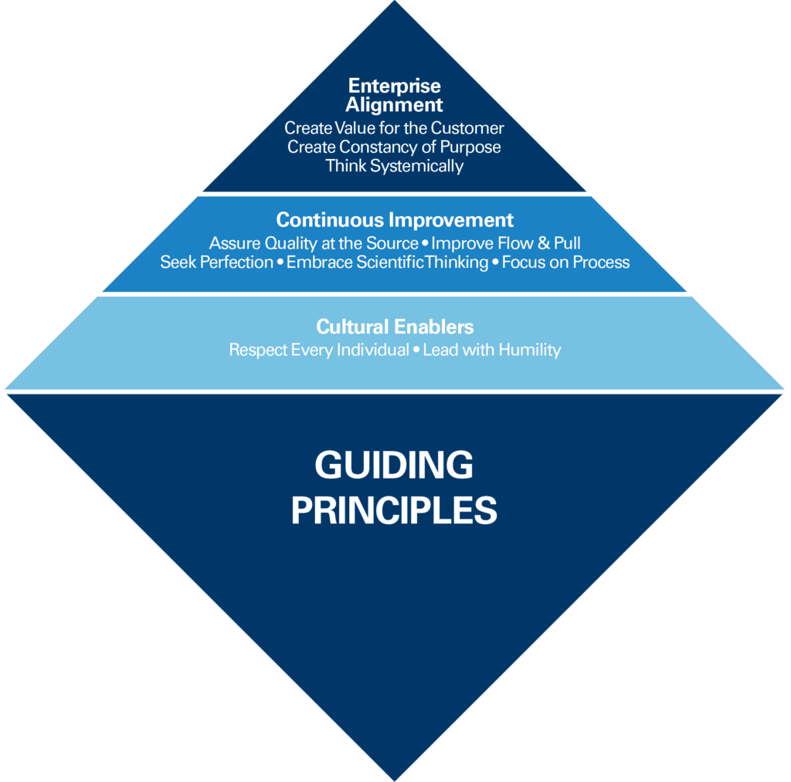
Some videos are courtesy of the Shingo Institute and their YouTube channel.
Cultural Enablers
Lead with Humility
One common trait among leading practitioners of organizational excellence is a sense of humility.
Respect Every Individual
Respect must become something that is deeply felt for and by every person in an organization.
Related blog posts:
- Treating EVERYBODY with Dignity and Respect, During Pride Month and Beyond
- “Respect Every Individual” – The Obligation to Act
- Paul H. O’Neill Sr. on Dignity and Respect
Related podcast:
Related Video:
Continuous Improvement
Focus on Process
All outcomes are the consequence of a process. It is nearly impossible for even good people to consistently produce ideal results with poor processes. It is human nature to blame the people involved when something goes wrong or when the resulting product or service is less than ideal. But in reality, an issue is usually rooted in an imperfect process, not in the people involved.
Related podcast:
Embrace Scientific Thinking
Innovation and improvement are the consequence of repeated cycles of experimentation, direct observation, and learning. A relentless and systematic exploration of new ideas, including failures, enables us to constantly refine our understanding of reality.
Related Posts:
Flow & Pull Value
Value for customers is highest when it is created in response to real demand and at a continuous and uninterrupted flow. Although one-piece flow is the ideal, demand is often distorted between and within organizations. Waste is anything that disrupts the continuous flow of value.
Related Video:
Assure Quality at the Source
Perfect quality can only be achieved when every element of work is done right the first time. If a defect occurs in a product or service, it must be detected and corrected at the time it is created.
Seek Perfection
Perfection is an aspiration not likely to be achieved, but the pursuit of perfection creates a mindset and culture of continuous improvement. What is possible is only limited by the paradigms through which we see and understand the organization’s current reality.
"Seek Perfection" connects to Value Capture's view on the importance of setting goals at the theoretical limits of performance, including "zero harm."
Related Posts:
- Habitual Excellence Episode #4: Ken Segel on Zero Harm and Theoretical Limits
- Dr. David Mayer: A Moon Shot for Zero Patient Harm
Related Video:
Enterprise Alignment
Create Constancy of Purpose
An unwavering understanding of why the organization exists, where it is going, and how it will get there enables people to align their actions, as well as to innovate, adapt, and take risks with greater confidence.
Hear (or read) Ken Segel, CEO of Value Capture, talk about creating constancy of purpose:
Think Systemically
By understanding the relationships and interconnectedness of a system, people will make better decisions and improvements that will more naturally align with the desired outcomes of an organization.
Related Video:
Create Value for the Customer
Ultimately, value must be defined through the lens of what a customer wants and is willing to pay for. Organizations that fail to deliver both effectively and efficiently on this most fundamental outcome cannot be sustained long term.
Hear (or read) Ken Segel, CEO of Value Capture, talk about creating value for the customer:
